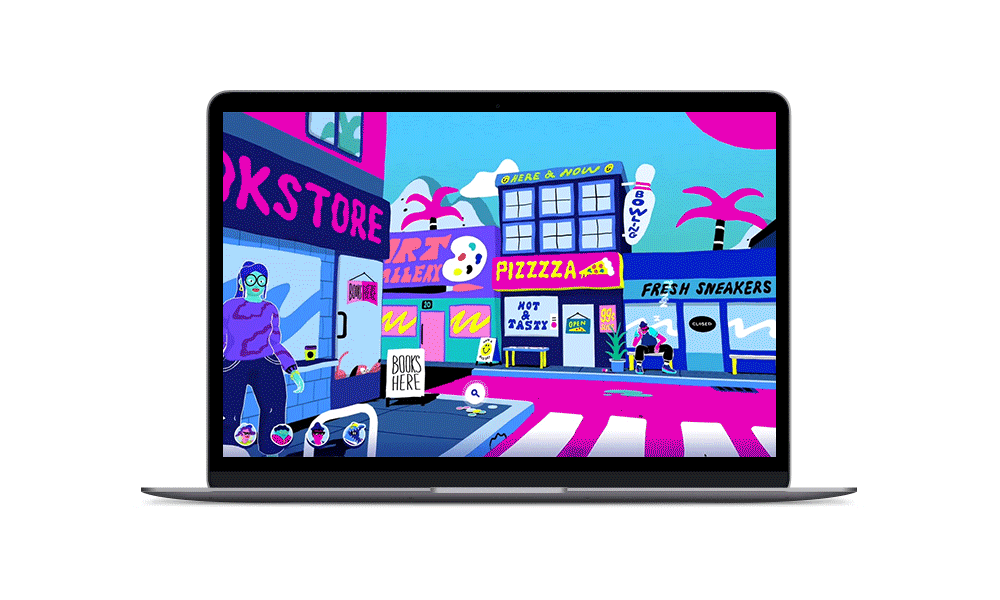Home Games, Gamification, and Play for Learning Learning Simulations & Scenarios Put Your Learners in the Driving Seat
Learning Simulations & Scenarios Put Your Learners in the Driving Seat
Learning simulations allow learners to practice and explore work processes. By taking them through a lifecycle of a process, your learners can see how the different parts of a business process connect with each other.
For example, a simulation of a used car showroom could allow your learners to see what it means to increase or decrease their staffing levels, change pay structures, or adapt marketing budgets. By experimenting, they can learn about the likely knock-on effects and outcomes in terms of profits and other areas of the business.
Learning Simulations to Suit Your L&D Needs
Learning simulations place learners right at the heart of the action from start to finish. Simulations range from sophisticated business tools through to working 3D visualizations of specialist equipment. Our simulation services cover:
Business Simulations
Harness complex data modeling and algorithms to give your learners a sandbox to practice key business decision-making in a safe, no-risk way.
Software Simulations
Recreate parts of your system to deliver targeted learning on key processes. Your learners can get to grips with new software in a simulated environment, before starting to use the real thing, setting them up for success.
Hardware Simulations and 3D Modeling
Access fully-functioning 3D models for low-risk learning and repetitive practice. Your learners can practice using highly specialist equipment, allowing them to be fully trained in a virtual context before working with the equipment in a real-world setting.
Scenario-Based Learning as a Powerful Learning Tool
Scenarios put your learners in realistic yet challenging situations—often ones that would be difficult to replicate in real life. Scenarios are also great environments to work through the gray areas of decision-making. Your learners can experiment and fail safely, and at the same time, gain deep insights into the impact of their choices and decisions.
Scenario-based learning is a form of gamification that’s incredibly powerful in an eLearning context. A scenario-based game can reflect tasks your learners do in their day-to-day jobs. In this way, you can help link the game to your learners’ real-time learning needs.
Want to explore more about scenario-based learning games? Read about our work with PRELOADED and Invesco QQQ to create a web-based learning game to help college students develop healthy financial habits.

Scenarios for Real-Life Learning
We’ve been leading the field for years with our award-winning scenarios, and can build scenario-based learning that will reflect what your learners need to know. Here are some common ways we can use scenarios to immerse your learners’:
- Judgment and decision-making
- Assimilation and decision-making
- Behaviors in practice
- Contexts and perspectives
- Gray areas
- Repeated practice